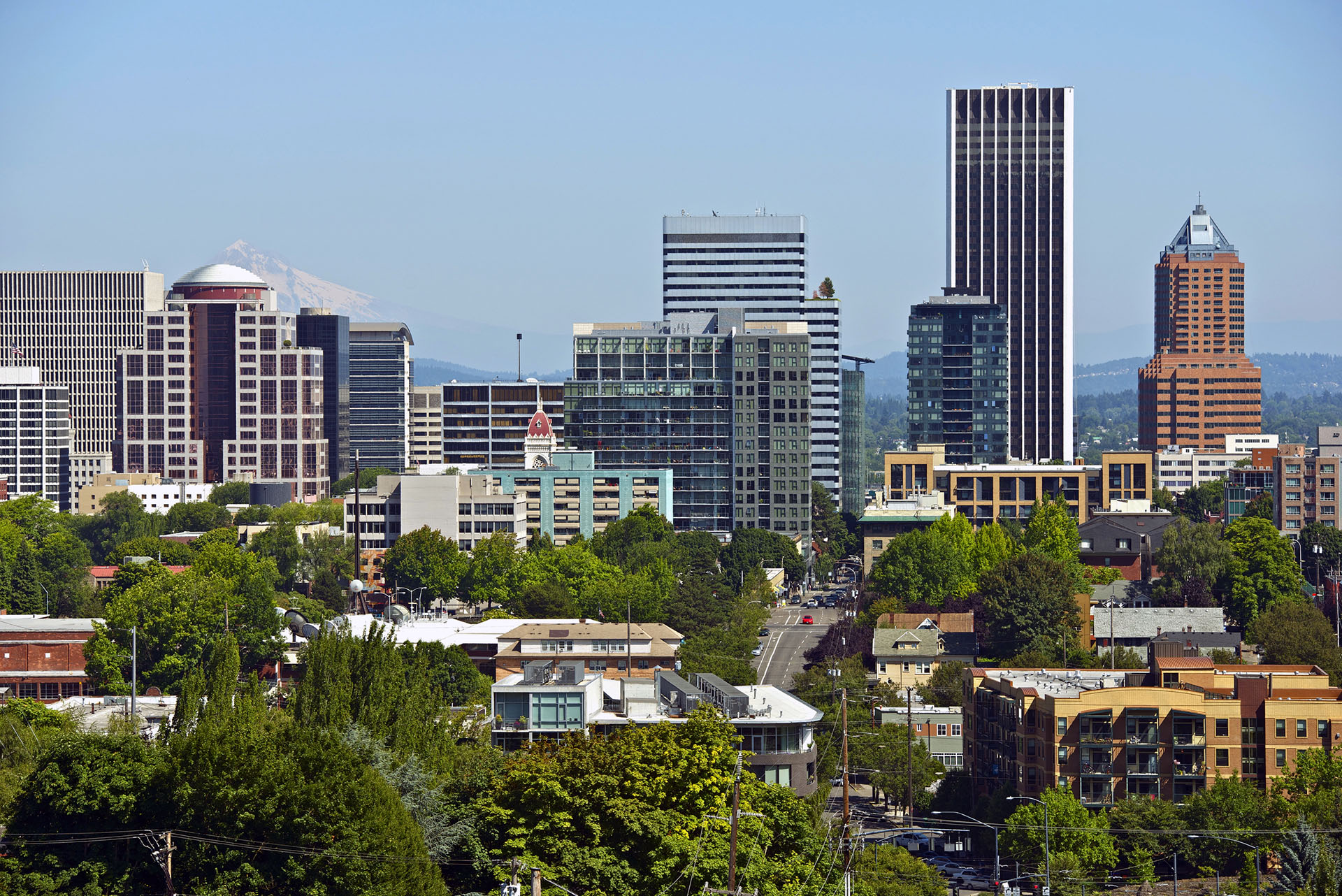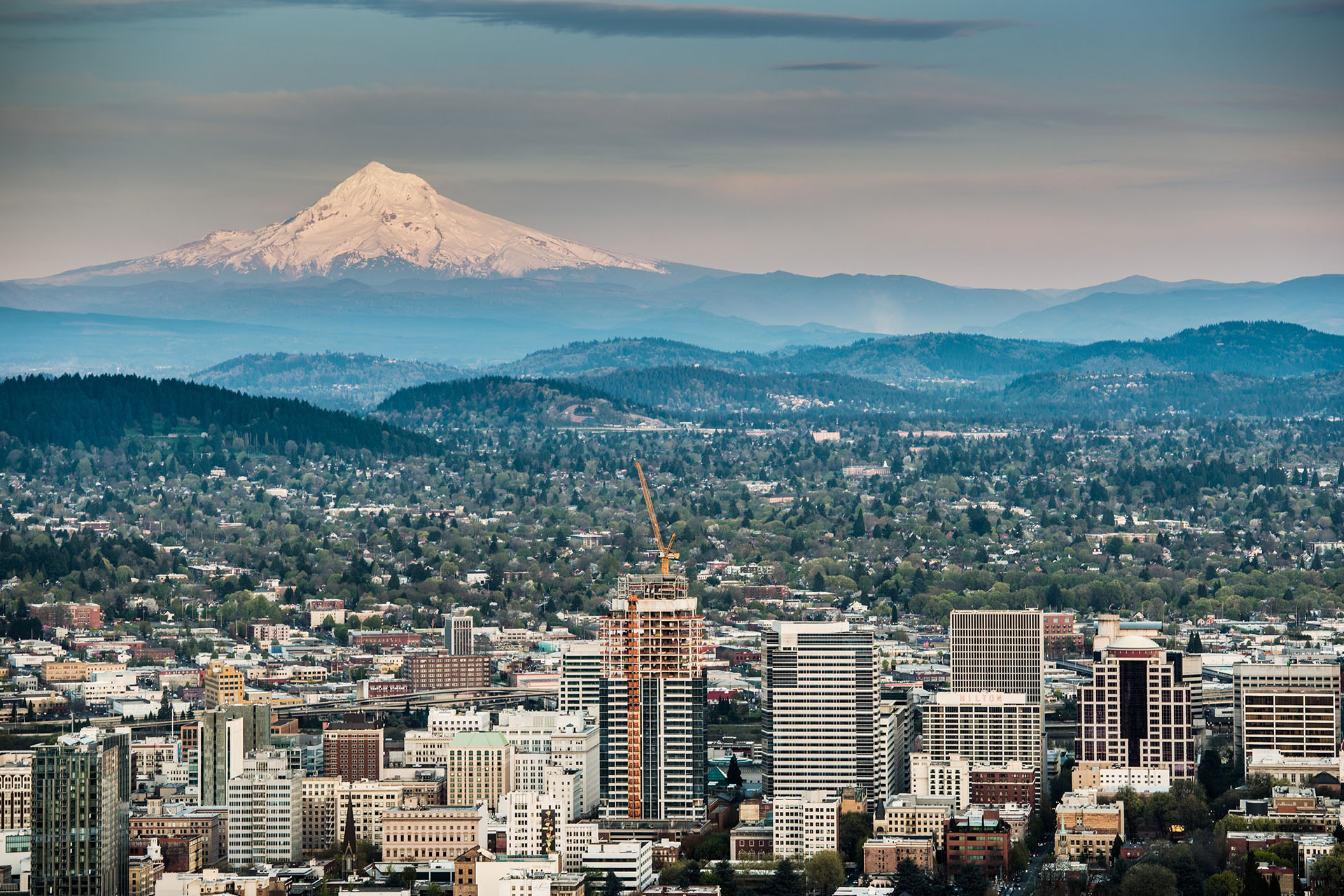Heat in unexpected places
A 2015 survey conducted by Travel and Leisure declared that Portland is America’s greenest city. This survey may not be very scientific, but Portland has a great reputation for being ahead of the curve when it comes to being environmentally friendly. With that said, the city can still get up to 10.5°C (19°F) degrees hotter than the surrounding rural areas because of the urban heat island effect. The city is not satisfied with being number one on this survey and is working on being even greener by protecting and developing urban forests.
Portland's urban forestry department is available 24 hours a day and seven days a week for any tree emergencies in the city. They have 236,000 trees lining the streets and over 1.2 million trees in the city’s parks. Portland’s 5,157 acre Forest Park is home to a majority of the trees and is the largest urban park in the United States.
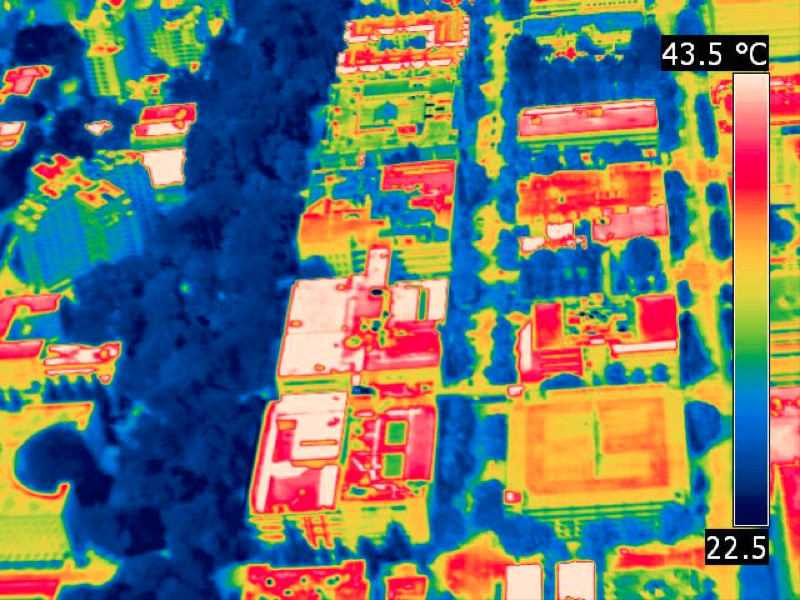
(Courtesty of Portland State University)
( © Mike Rohrig/Flickr)
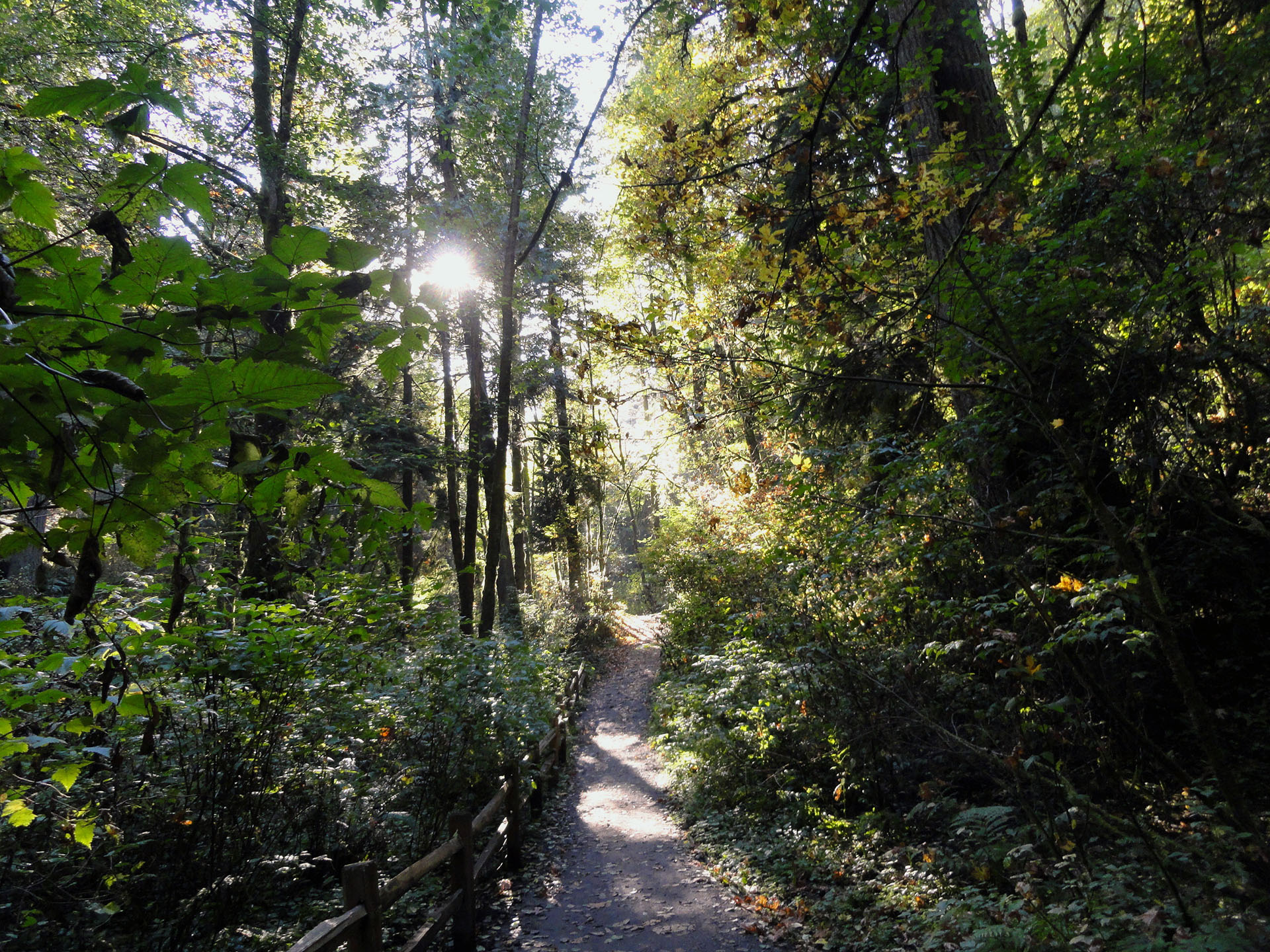
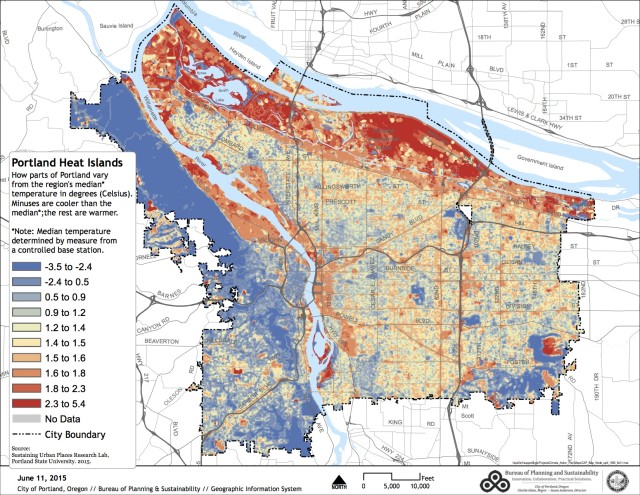
(Courtesty of Portland State University)
Green is Cool
Urban forests and other green spaces within cities, such as parks, are usually the coolest areas of a city. These spaces are home to a majority of the trees in a city. Trees benefit cities in many ways beyond their cooling effects. For example, a tree’s roots stabilize the ground around the tree, preventing erosion. Trees also reduce stormwater runoff by absorbing rain through their roots. The leaves and branches absorb sound and block rain from contacting the ground directly, reducing erosion. Green spaces and trees provide habitats for many types of animals and an escape from the urban jungle for people.
Conservationists fought a difficult battle to protect Portland's Forest Park. Today, most residents of the city agree the fight was worth it. Apart from cooling the city, the Park provides a range of additional benefits, such as jogging and walking trails, playgrounds, and athletic fields. It has even increased the property value of nearby buildings.
(© Welcomia/iStock)
